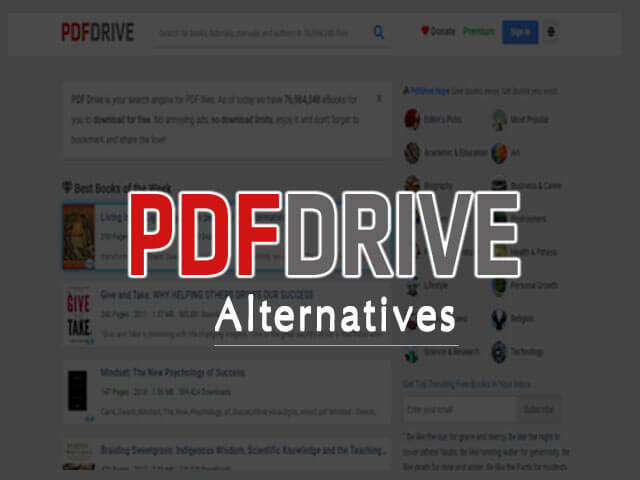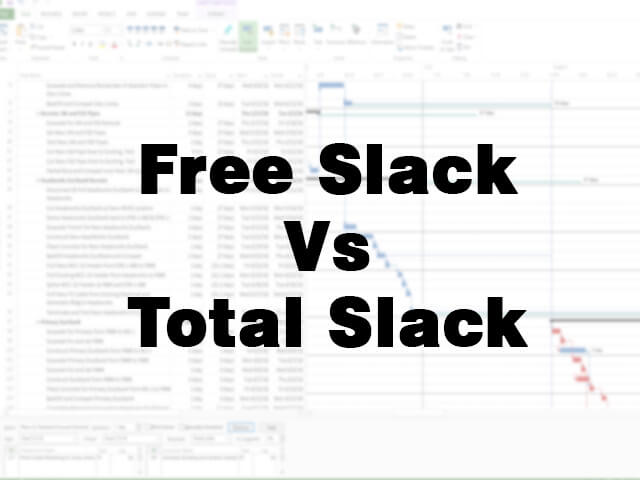Simplifying Cloud Migration
Migrating your business to the cloud is no longer an option; it’s a necessity. The benefits of cloud computing are undeniable, from cost savings to scalability and flexibility. However, the process of moving your operations to the cloud can be daunting if not executed thoughtfully. In this article, we’ll guide you through the essential steps to prepare your business for a seamless cloud migration, ensuring that your journey to the cloud is both easy and professional.
Assess Your Current Infrastructure
The first step in preparing for a cloud migration is to assess your current IT infrastructure. Take inventory of your hardware, software, and data storage needs. Identify legacy systems that may need to be retired or replaced. Understanding your existing setup is crucial for planning your cloud strategy. Consider factors like data volume, security requirements, and compliance standards that may impact your migration approach. This assessment will provide a clear picture of what needs to be migrated and help you avoid unnecessary costs.
Set Clear Objectives and Goals
Before diving into a cloud migration, it’s essential to define clear objectives and goals. What do you hope to achieve by moving to the cloud? Are you aiming to reduce operational costs, improve scalability, enhance data security, or streamline collaboration? Establishing concrete goals will not only guide your migration strategy but also allow you to measure the success of your cloud transition. Make sure your objectives align with your business’s long-term vision and growth plans.
Choose the Right Cloud Service Model
Cloud computing offers various service models, including Infrastructure as a Service (IaaS), Platform as a Service (PaaS), and Software as a Service (SaaS). Each model offers distinct advantages, and the choice depends on your specific needs. IaaS provides infrastructure resources like virtual machines and storage, allowing for maximum control and flexibility. PaaS offers a platform for developing and deploying applications, streamlining development processes. SaaS delivers ready-to-use software applications hosted in the cloud. Selecting the right service model is critical, as it will shape your cloud migration strategy.
Develop a Robust Migration Plan
A well-thought-out migration plan is the cornerstone of a successful cloud transition. Create a detailed roadmap that outlines the migration timeline, tasks, responsibilities, and milestones. Consider factors like data migration, application refactoring, and testing to minimize disruptions to your business operations. It’s advisable to engage with cloud experts or consultants to ensure a smooth migration process. Test your migration plan thoroughly in a controlled environment to identify and address potential issues before they affect your production systems.
Ensure Data Security and Compliance
Data security should be a top priority during your cloud migration. Implement robust security measures to protect your sensitive information. Encryption, access controls, and multi-factor authentication are essential components of a secure cloud environment. Additionally, ensure that your cloud provider complies with industry-specific regulations and standards relevant to your business, such as GDPR, HIPAA, or PCI DSS. Failure to meet compliance requirements can lead to legal and financial consequences. Regularly audit and monitor your cloud infrastructure to maintain a high level of security.
Employee Training and Change Management
A successful cloud migration isn’t just about technology; it’s also about people. Your employees play a crucial role in the transition. It’s essential to provide training and support to help your team adapt to the new cloud-based tools and processes. Change management is often overlooked but is equally vital. Communicate the benefits of cloud adoption to your staff and address their concerns. Encourage a culture of continuous learning and adaptation to ensure that your workforce can fully harness the power of the cloud.
Continuous Optimization and Monitoring
Once your business has completed its cloud migration, the journey doesn’t end there. Continuous optimization and monitoring are key to maximizing the benefits of the cloud. Regularly assess your cloud infrastructure’s performance and cost-effectiveness. Utilize cloud management tools and analytics to identify areas for improvement. Optimize resource allocation to avoid over-provisioning and unnecessary expenses. By staying vigilant and proactive in your cloud management, you can ensure that your business remains agile, efficient, and competitive in today’s ever-evolving digital landscape.
Final Thoughts
Migrating your business to the cloud is a significant undertaking, but with careful preparation and planning, it can be a smooth and rewarding journey. Start by assessing your current infrastructure and setting clear objectives. Choose the right cloud service model that aligns with your business needs, and develop a robust migration plan that minimizes disruptions. Prioritize data security and compliance to protect your sensitive information. Remember that cloud migration is not a one-time event but an ongoing process that requires continuous monitoring and optimization. Embrace the cloud, and your business will enjoy the benefits of scalability, flexibility, and cost-efficiency in today’s digital age.




